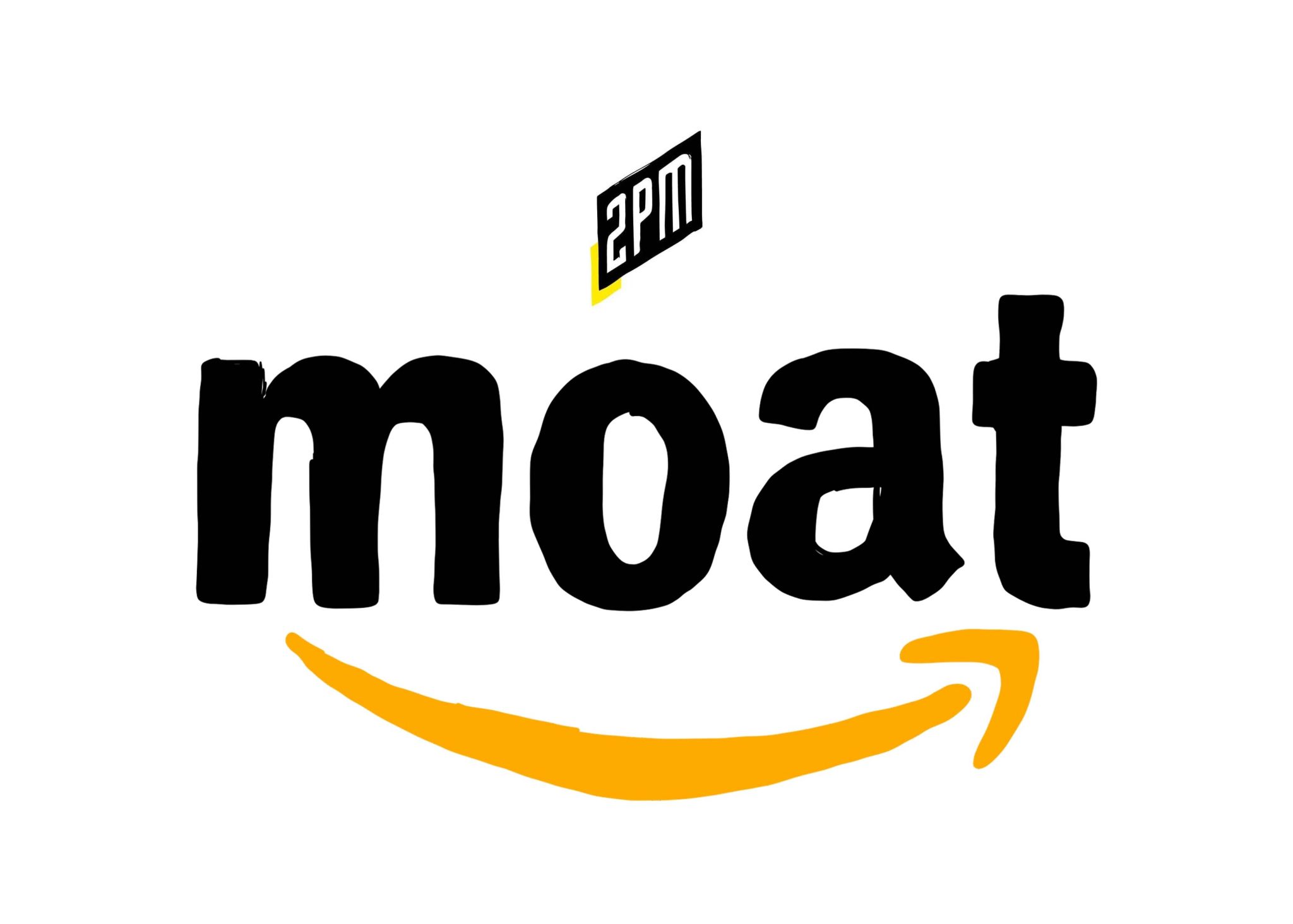
Amazon’s upperhand has long been its ability to build a moat, so that the external forces affecting other retailers don’t infringe on its business. The ongoing supply chain crisis is no different, and as customers begin to scramble for last-minute gifts, Amazon is sitting in the right position as it usually is.
This has long-term implications for Amazon’s standing as rivals look for weaknesses. Ben Thompson has aptly detailed how Amazon’s ownership of its supply chain and its content fortress (manages ads and conversion) has helped the retailer set itself apart from the Anti-Amazon Alliance (Facebook, Shopify, Google). Here’s what were reported in May 2021:
亞馬遜目前佔據美國數位廣告市場的10.3%(高於7.9%),預計到2023年將佔據13%的市場份額。亞馬遜的圍牆花園方法在目前由谷歌和Facebook主導的廣告市場排名第三(蘋果想要分一杯羹)。Facebook 的圍牆花園方法旨在幫助他們爬升到第一的位置。在這方面,他們比谷歌處於更有利的地位。
Through years of investments, Amazon has created its own cargo shipping fleet and is leasing planes, along with the opening of an Air Hub in Cincinnati, to avoid out-of-stock problems that have begun plaguing other retailers at this stage in the holiday shopping season. Amazon has stretched its business in myriad ways, but its advantages are no longer just product and digital-driven. As Thompson points out, Amazon’s transport business is pretty substantial. On October 5, container ship ported in Houston, Texas with a ship filled entirely by Amazon. Here’s how, according to CNBC: Amazon is making its own 53-foot cargo containers in China. Ocean Freight Analyst Steve Ferreira on the matter:
Amazon has produced probably 5,000 to 10,000 of these containers over the last two years I’ve been tracking it. When they bring these containers onto U.S. soil, once they unload them, guess what? They get to be used in the domestic system and the rail system. They don’t have to return them to Asia like everyone else does.
More container ships means more tractor units in the United States:

Amazon is also investing in the air according to Thompson. The retailer is leasing more planes and it has completed an air hub in Cincinnati, Ohio, From a September 2PM special report on how Amazon will flesh out this strategy:
Amazon Air flight activity has increased 17% between February and August 2021 after the company added 14 planes, including two that enable intra-Canadian operations. In addition to these 14 planes, Amazon uses up to 20-30 partner flights per day to ship goods from hub to hub according to a recent document: Blue Skies for Amazon Air.
Customers consider a number of factors when deciding where to purchase. Depending on circumstances, different needs take priority at different times. In December, the No. 1 need is on-time deliveries. More people will turn to Amazon when it becomes one of few retailers to have what they need in stock and available to arrive before Christmas Eve. Importantly, this asset extends to Amazon’s third-party sellers. When Amazon began fulfilling merchant orders with Fulfilled by Amazon 15 years ago, as Thompson stresses, it reinforced its supply-side moat (represented by the “m” above). More sellers benefit from Amazon’s infrastructure.
Here, Shopify and the Anti-Amazon Alliance are still catching up, and the argument around why sellers should jump ship from Amazon – even after the reports confirming that Amazon is using seller data for its own benefits – is harder to make convincingly.
By 2PM
